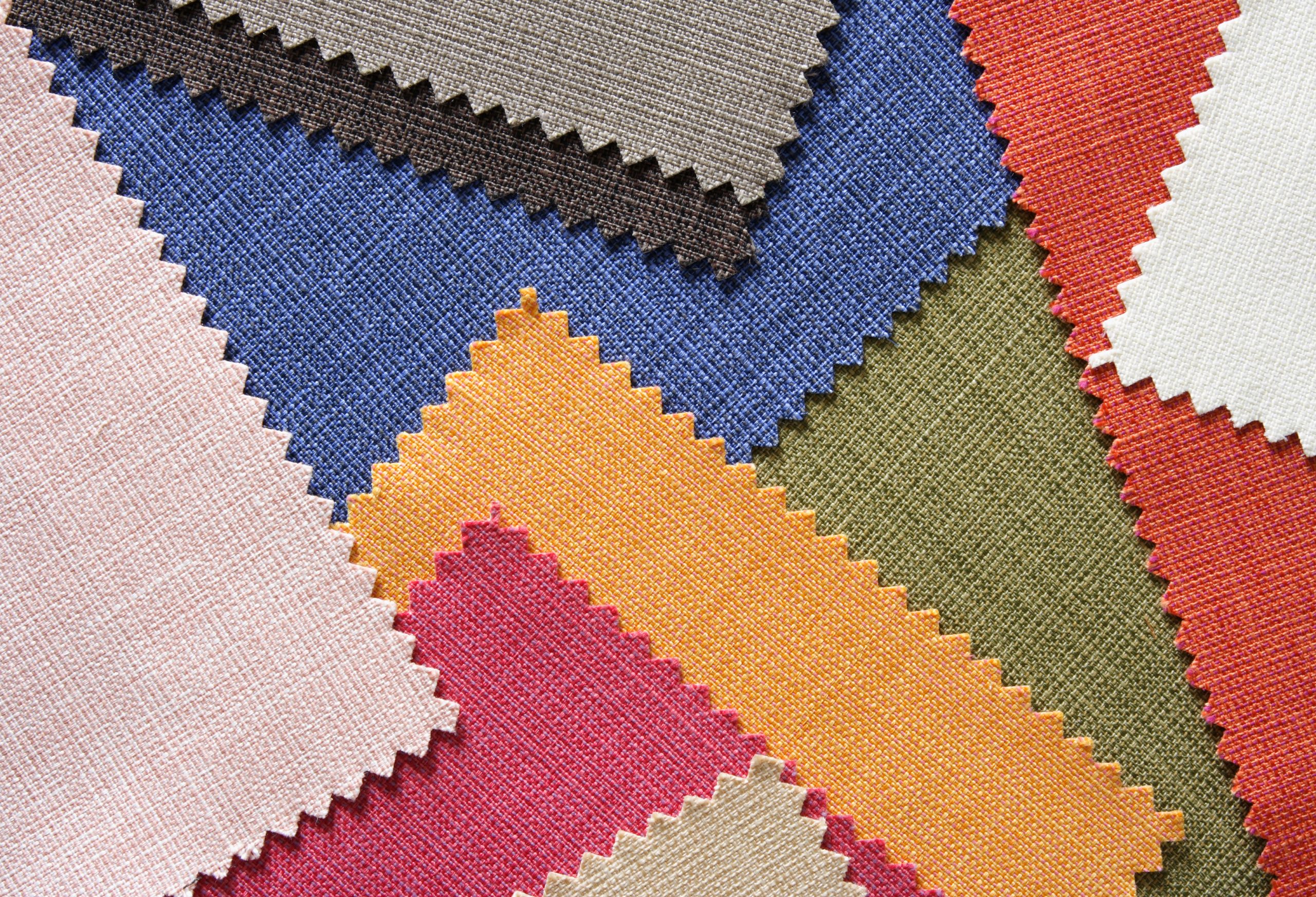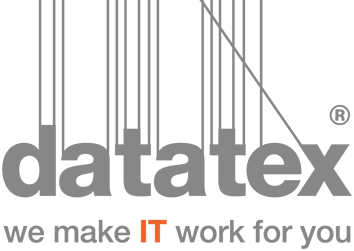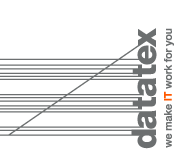
Datatex: New Projects and Synergies within TSG
Interview with Ronnie Hagin – CEO of Datatex

DATATEX, founded in 1987, is a global IT benchmark for textile companies, with offices in Germany, Italy, the United States, India, Israel, Turkey, Switzerland, and China.
NOW ERP – Datatex’s proprietary solution, used by client companies in 46 countries worldwide – is the leading ERP software in the textile sector. It is a 100% J2EE Java-based product, enriched every year with new modules and cutting-edge features developed by our Research and Development Lab.
In September 2023, Datatex spearheaded the launch of TSG – Textile Solutions Group – a major European holding company specialized exclusively in IT solutions for the textile industry. Controlled by the German investment fund Elvaston, the group now includes, in addition to Datatex, companies such as Setex, Limonta Informatica, Gea Soft, and Penelope.
We spoke today with Ronnie Hagin, CEO of Datatex, an experienced entrepreneur and manager who has supported the TSG project from the very beginning.
Alongside Datatex, TSG today includes several highly specialized companies such as Penelope (a Spanish company widely appreciated for its CAD solutions for textile design, production, and simulation), Limonta Informatica (a key software provider for Italian textile SMEs), and Gea Soft (an Italian company offering cutting-edge solutions for Quality Control and Production Planning in the Fashion industry). Additional acquisitions in the coming years will allow TSG to further expand its portfolio in terms of both products and expertise.
What can a group like TSG – with native specialization in the textile sector – offer textile companies in terms of quality, vertical focus, and breadth of offering? What added value does it provide compared to generalist competitors who adapt their products for the textile industry after the fact?
The Datatex solutions are unique in the way we accomodate our structure to the total textile supply chain from fiber to garment. Each product type is exclusively defined with its own coding structures, specification data, Bill of material structure and routing. Moreover, we have a rule based BOM and routing system allowing minimum pre definitions and allowing the system to automatically generate the information as a cost inquiry is raised or production launched.
The system manages multiple UMs and user definable stock keeping units such as rolls, cones bundles etc.. The planning, production, scheduling and costing functions are also unique in such way that we manage the textile processes without having to use external programs or calculations. Needless to say management of traceability, sustainability and seamless visibility of requirements and availability across the supply chain are a must for the industry.
What are the highlights of the current Datatex–TSG offering? And what areas is the Group working on to deliver further innovative solutions to textile companies?
As part of TSG we can today offer a much better integrated solution with best of breed solutions for MES (Setex), CAD ( Penelope) and other MES and product development components we are planning to add. Being a core part of TSG increases our exposure and presence in many more countries to many more textile companies.
As an expert in the textile industry, how do you see the current state of the sector? How have companies’ needs evolved, and which IT products and services are most in demand today?
Very difficult to assess the market today, first the Covid, created big inventory build ups which caused manufacturing to decrease, now with the global political situation and the US imposed tariffs there is lots of uncertainty and movement toward near shoring more than before.
The conditions above have also caused companies who can afford it to expand their supply chain, garment manufacturers adding textile plants and textile plants adding garment manufacturing capabilities. We also see this happening geographically with countries who were strong in garment production are adding textile manufacturing capabilities to avoid dependencies on other countries. This is very evident recently in Vietnam.
Overall the industry is still being requested to drop prices and reduce lead times even more while selling smaller quantities of more SKUs than ever.

